
| Component | Specification 1 | Specification 2 | Specification 3 |
|---|---|---|---|
| Touchscreen Display | Size: 15" to 32" | Resolution: Full HD (1920x1080) or higher | Type: Capacitive or resistive, multi-touch |
| Processor | Type: Intel, ARM | Speed: 1.6 GHz to 3.0 GHz | Cores: Dual-core or quad-core |
| Operating System | Options: Windows, Android, Linux | Customizable based on requirements | - |
| Memory (RAM) | Capacity: 4GB to 8GB | Expandable | - |
| Storage | Type: SSD | Capacity: 64GB to 256GB | Expandable |
| Payment Modules | Card Reader: EMV-compliant | Contactless Payment: NFC | Cash Acceptor/Dispenser, Receipt Printer |
| Connectivity | Wi-Fi: 802.11 a/b/g/n/ac | Ethernet: RJ45 | Bluetooth |
| Security Features | Encryption for secure transactions | Camera for verification/security | Encrypted PIN Pad, Tamper Detection |
| Enclosure | Material: Steel or aluminum | Design: Vandal-resistant, weatherproof | Mounting: Floor-standing, wall-mounted, countertop |
| Additional Features | Barcode Scanner | Speaker/Microphone | Customizable user interface |
| Power Supply | Voltage: 110-240V AC | Backup: UPS option | - |
| Environment | Temperature: 0°C to 40°C | Humidity: 10% to 90% non-condensing | - |
| Certifications | Compliance: CE, FCC, RoHS, PCI-DSS | - | - |
Design and Prototyping: The process starts with designing the kiosk's layout, including the user interface, hardware components, and overall structure. Prototypes are created to refine the design and ensure functionality.
Component Sourcing: Essential components such as touchscreens, payment terminals, printers, and barcode scanners are sourced from reliable suppliers to ensure quality and compatibility with the kiosk's design.
Enclosure Fabrication: The kiosk's enclosure or housing is fabricated using materials like metal or plastic, designed to be durable and, if necessary, weather-resistant. The enclosure is built to protect internal components and provide a secure user interface.
Hardware Assembly: The sourced components are assembled into the fabricated enclosure. This includes installing the touchscreen, payment processing systems, printers, scanners, and any additional peripherals, along with internal wiring.
Software Integration: Custom or pre-built software is installed on the kiosk, integrating with the hardware to manage transactions, user interactions, and network connectivity. This step ensures the kiosk operates smoothly and securely.
Testing and Quality Assurance: Each kiosk undergoes rigorous testing to ensure all components function correctly. This includes testing for transaction accuracy, security, durability, and compliance with industry standards before the kiosks are packaged and shipped.
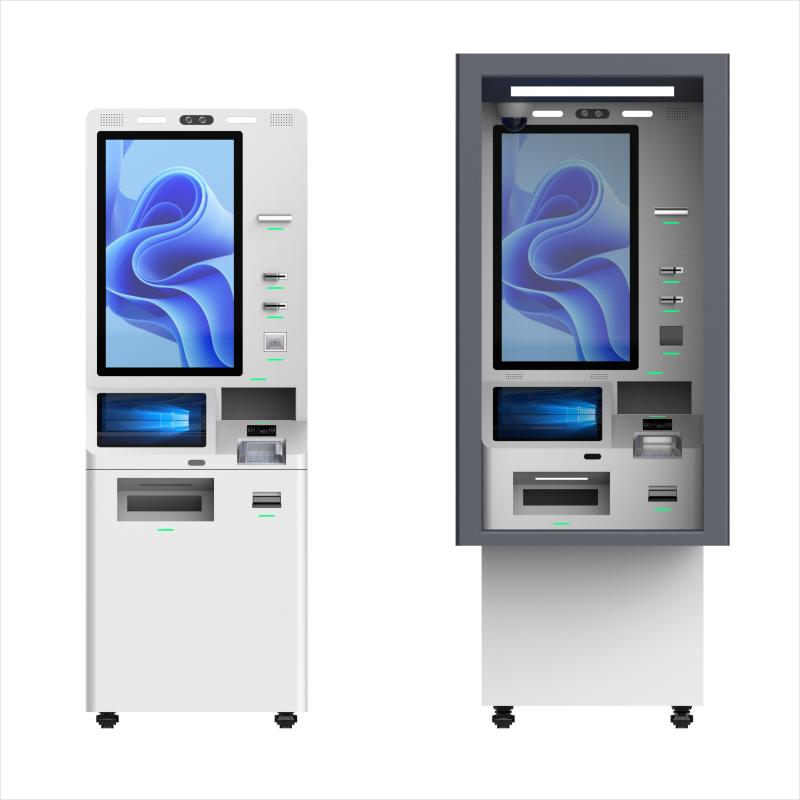
A pay kiosk integrates both advanced hardware and sophisticated software to provide a seamless payment experience. The hardware typically includes a touchscreen display for user interaction, a secure payment terminal that supports credit/debit cards and mobile payments, a receipt printer, and often a barcode scanner or cash handling unit for versatile transaction options. The enclosure is designed for durability, often weather-resistant for outdoor use.
On the software side, the kiosk operates on a reliable platform, such as Windows or Android, running custom applications that manage the entire payment process. This software ensures secure transactions, connects with backend systems for real-time data processing, and provides user-friendly interfaces. It also offers remote monitoring capabilities, allowing for updates and maintenance without physical access. Together, the hardware and software create a robust, efficient, and user-friendly solution for various payment scenarios, from bill payments to ticketing.
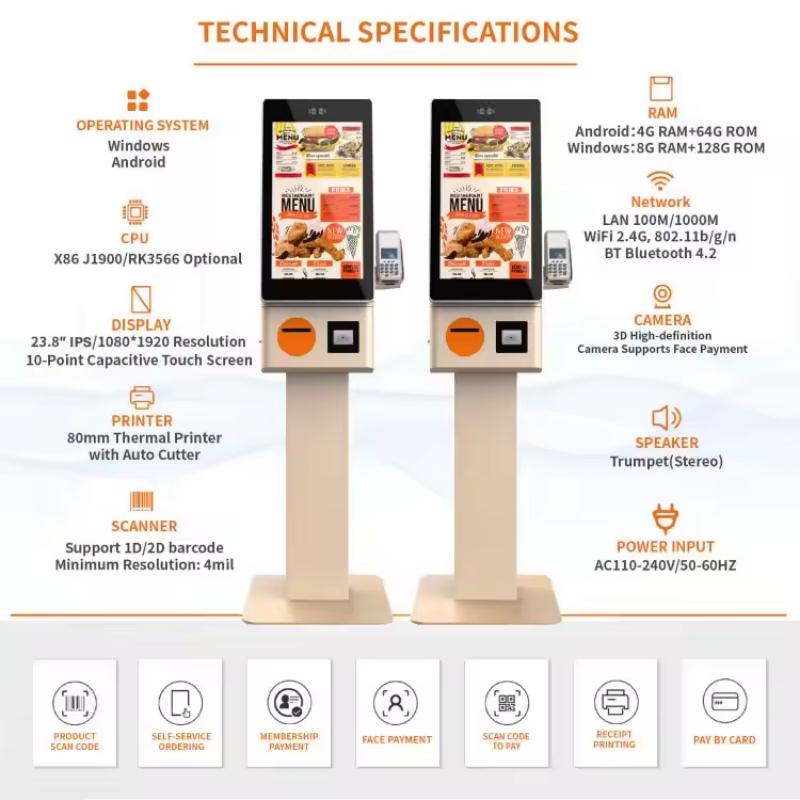
Retail Stores: Pay kiosks in retail environments allow customers to complete their purchases quickly by scanning items and making payments without needing assistance from a cashier.
Parking Facilities: Pay kiosks are widely used in parking lots and garages, enabling drivers to pay for parking fees with cash, card, or mobile payment options.
Quick-Service Restaurants (QSRs): In fast-food restaurants, pay kiosks allow customers to place orders, customize their meals, and pay directly at the kiosk, reducing wait times and streamlining the ordering process.
Public Transportation: Pay kiosks are installed in bus and train stations to allow passengers to purchase tickets or recharge transit cards.
Healthcare Facilities: Hospitals and clinics use pay kiosks to enable patients to pay for services, co-pays, or prescriptions, providing a convenient and efficient payment method.
Cinemas and Theaters: Pay kiosks are used in cinemas and theaters for ticket purchases, allowing patrons to select seats and make payments independently.
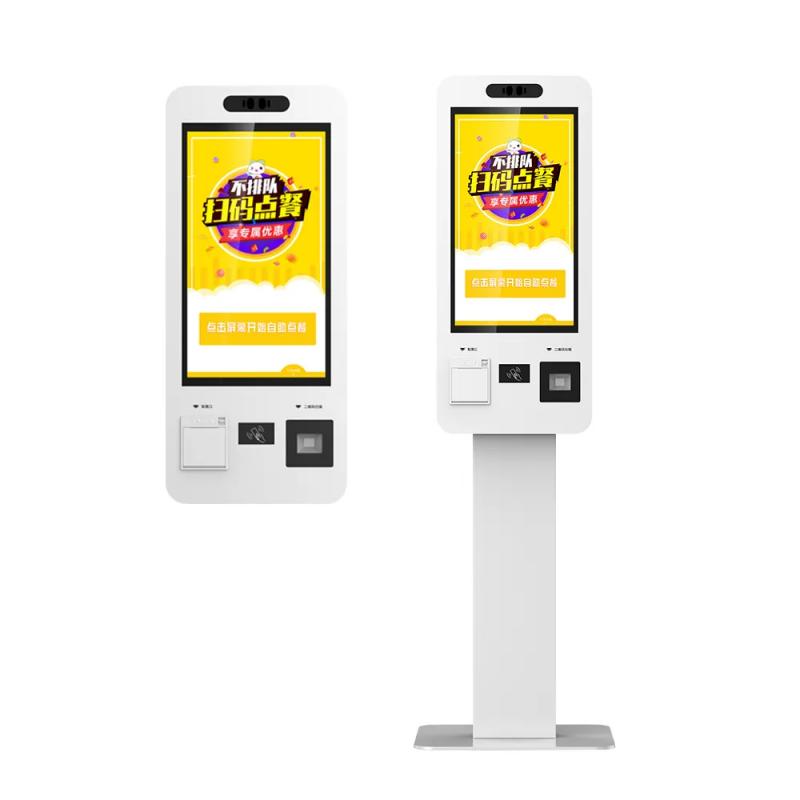
Select the Service: Begin by selecting the service you want to use on the kiosk's touchscreen, such as paying for parking, purchasing a ticket, or making a payment.
Enter Required Information: Input any necessary information, such as your order number, account details, or vehicle license plate number, using the on-screen keyboard or by scanning a barcode.
Review Your Selections: Carefully review the details of your transaction on the screen to ensure everything is correct, including the amount to be paid.
Choose Payment Method: Select your preferred payment method, such as cash, credit/debit card, or mobile payment options like Apple Pay or Google Pay.
Make the Payment: Follow the prompts to complete the payment. If using a card, insert or tap it on the reader. If paying with cash, insert the bills or coins into the designated slots.
Collect Receipt and Items: Once the payment is successful, collect your receipt from the kiosk and any other items, such as parking tickets or change.
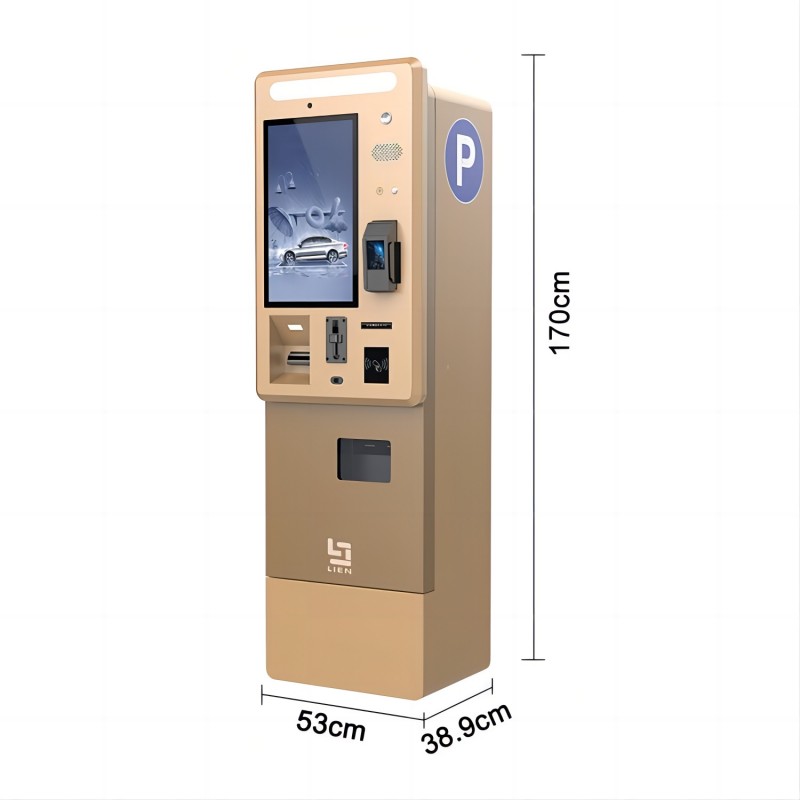
Increased Efficiency: Pay kiosks streamline the payment process, reducing wait times and freeing up staff to focus on other tasks, leading to improved overall efficiency.
24/7 Availability: Pay kiosks can operate around the clock, allowing customers to make payments at any time, which is especially beneficial in locations like parking garages, hospitals, or public transportation hubs.
Reduced Labor Costs: By automating the payment process, pay kiosks reduce the need for cashiers or additional staff, helping businesses save on labor costs.
Enhanced Customer Experience: Pay kiosks offer a convenient and user-friendly way for customers to complete transactions independently, leading to a smoother and more satisfying experience.
Secure Payment Options: Pay kiosks often come equipped with advanced security features, ensuring that transactions are safe and reducing the risk of theft or fraud.
Customization and Flexibility: Pay kiosks can be customized to handle various payment types and services, allowing businesses to tailor the kiosk to meet specific needs and provide a consistent brand experience.
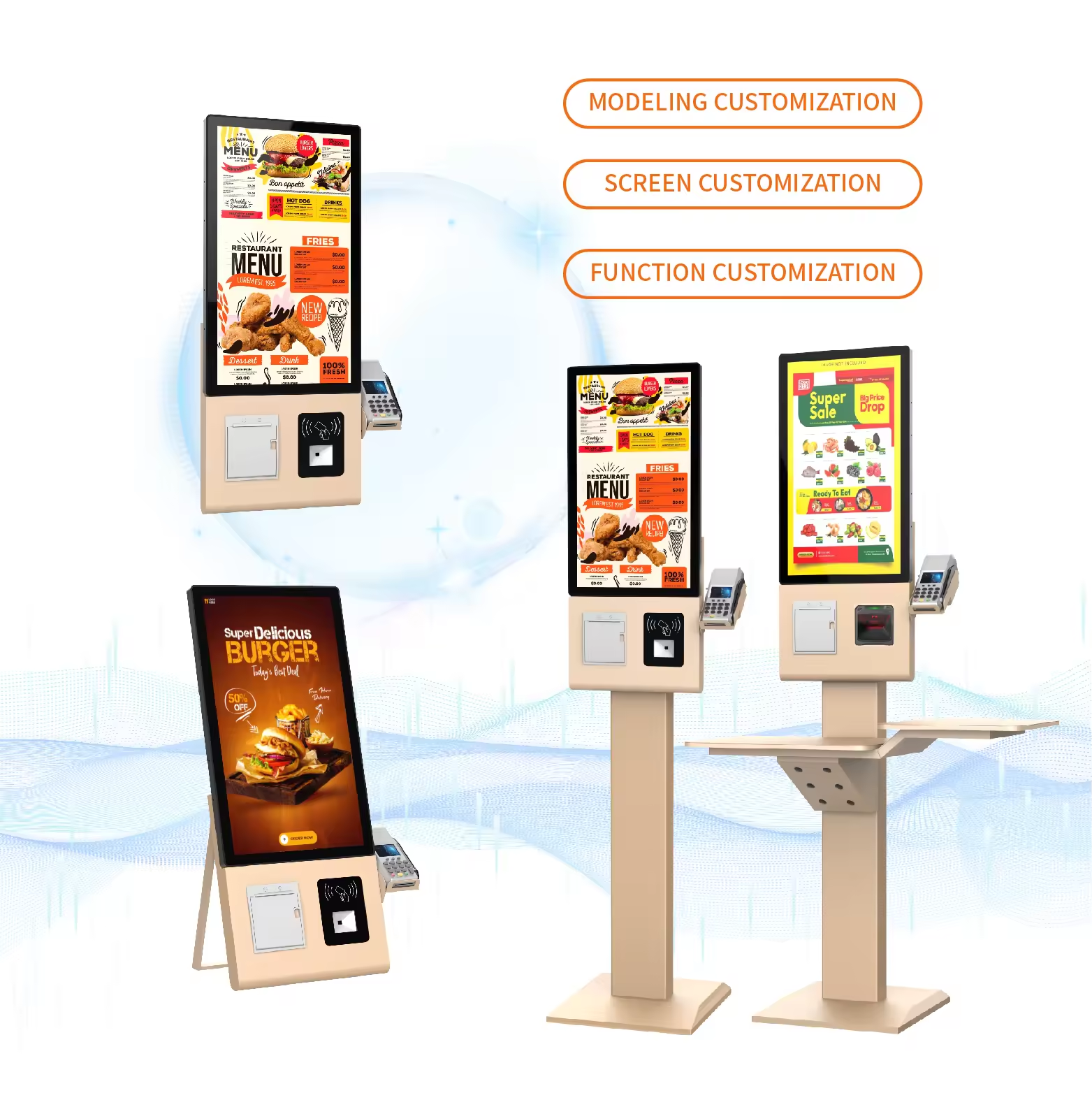
The cost of a pay kiosk can vary widely depending on the features, customization, and industry-specific requirements. On average, a basic pay kiosk may start at around $3,000 to $5,000, while more advanced models with integrated payment systems, larger screens, or weatherproofing for outdoor use can range from $7,000 to $15,000 or more. Despite the initial investment, the return on investment (ROI) for pay kiosks is often significant. Businesses can recoup costs through increased operational efficiency, reduced labor expenses, and enhanced customer satisfaction. Pay kiosks streamline transactions, minimize errors, and allow for 24/7 service, which can lead to higher revenue and customer retention. Furthermore, by reducing the need for staff to handle payments, businesses can lower labor costs and reallocate resources to other critical areas. Over time, the benefits of automation and the ability to serve more customers efficiently often result in a positive ROI, making pay kiosks a valuable long-term investment.
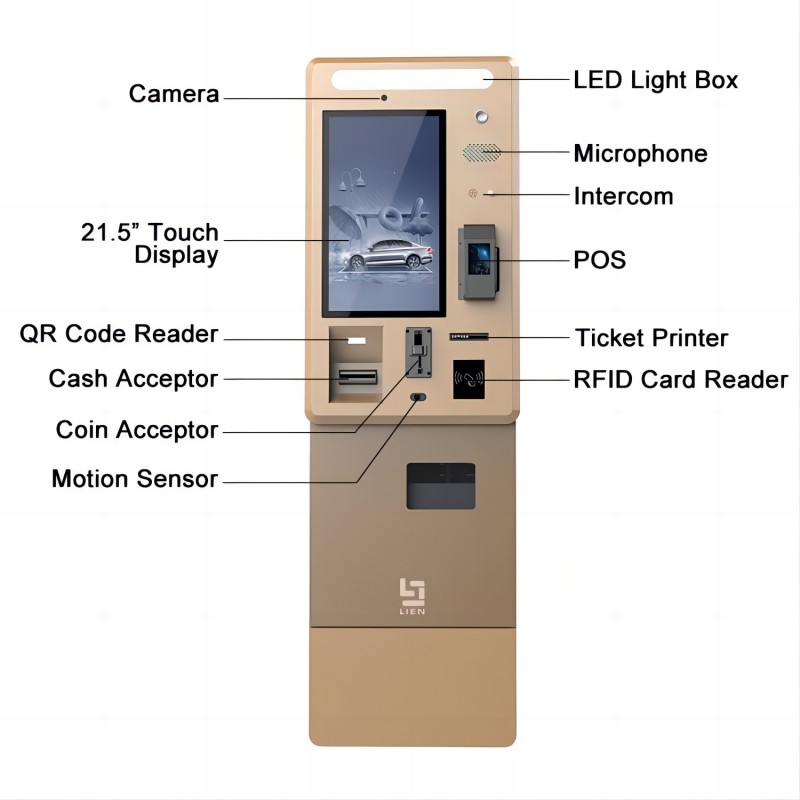
Pay kiosk offer various customization options to suit different business needs and environments:
Design and Branding: Kiosks can be customized with your company's logo, colors, and branding elements, ensuring a consistent brand presence. The kiosk's exterior design can also be tailored to fit your specific aesthetic preferences.
Payment Methods: Depending on your target audience, pay kiosks can be equipped with multiple payment options, including credit/debit card readers, mobile payment integrations (e.g., Apple Pay, Google Pay), cash acceptors, and even cryptocurrency options.
Screen Size and Type: The size of the touchscreen display can be customized to suit the kiosk's intended use, whether you need a compact screen for a small space or a large, interactive display for more complex transactions. Additionally, screens can be enhanced with anti-glare, weatherproofing, or vandal-resistant features.
Software Integration: The software running on the kiosk can be customized to integrate with your existing systems, such as point-of-sale (POS) systems, inventory management, or customer databases. This ensures seamless operation and real-time data synchronization.
Accessibility Features: To meet accessibility standards and serve a broader audience, pay kiosks can be equipped with features like adjustable height, voice assistance, braille, and easy-to-use interfaces for people with disabilities.
Security Enhancements: For businesses dealing with sensitive information or high-value transactions, pay kiosks can be customized with additional security measures, such as biometric authentication, encrypted payment processing, and tamper-proof designs.
When purchasing a pay kiosk, consider the following advice to ensure you make a well-informed decision:
Assess Your Business Needs: Identify the specific requirements of your business, including the type of payments you need to process, the volume of transactions, and the environment where the kiosk will be placed (indoor vs. outdoor).
Choose the Right Features: Based on your business needs, select a kiosk with the appropriate features, such as the right payment options, screen size, and security measures. Avoid paying for unnecessary features that won’t add value to your operations.
Consider Future Scalability: Choose a kiosk that can grow with your business. Look for models that allow for easy software updates or hardware upgrades so that the kiosk can be adapted to future needs or integrated with new technologies.
Evaluate Vendor Support: Ensure the vendor offers comprehensive support services, including installation, training, and ongoing maintenance. Reliable technical support is crucial to minimizing downtime and ensuring smooth operation.
Check for Compliance: Ensure that the kiosk meets all relevant regulatory and industry standards, such as PCI-DSS compliance for payment security, ADA compliance for accessibility, and any local regulations specific to your industry.
Consider Total Cost of Ownership (TCO): Beyond the initial purchase price, consider the total cost of ownership, including installation, maintenance, software licenses, and potential upgrade costs. Calculate the expected ROI to determine the long-term value of the kiosk for your business.
What did our happy clients say?
We’re incredibly satisfied with the pay kiosk! It’s user-friendly and has greatly improved our service efficiency. Thanks to the manufacturer for delivering such a high-quality product!
The pay kiosk has significantly streamlined our operations, and our customers love it. Many thanks to the manufacturer for the excellent product and outstanding support!
We’ve seen a noticeable improvement in customer satisfaction since installing the pay kiosk. The design is sleek, and the functionality is top-notch. A big thank you to the manufacturer!
The pay kiosk has been a fantastic addition to our business. It’s reliable, fast, and easy to use. We’re very grateful to the manufacturer for such a great product!